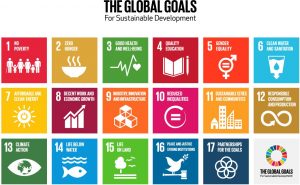In 2016, as Sarrah Nomanbhoy was starting her MBA at the Haas School of Business, the refugee crisis in Europe was in its second peak year and over a million applicants applied for asylum to the EU.
Nomanbhoy, a native Californian, had been watching the refugee crisis unfold since her undergraduate days at Stanford, where she studied international relations. She understood that the forces behind the crisis were bound to exacerbate the situation and the number of displaced people would only increase. She also began to understand that only 2 percent of refugees have access to voluntary repatriation, resettlement, or local housing solutions; the rest face long-term encampment, urban destitution, or perilous journeys.
At UC Berkeley, Nomanbhoy learned from Law Professor Katerina Linos that many asylum seekers arriving in Europe lack adequate information about how to apply for asylum, particularly how to prepare for the arduous asylum interviews. This motivated her and fellow graduate students Jerry Philip (Haas MBA ’18) and Peter Wasserman (Haas MBA 18) to apply for a Hult Prize focused on the refugee crisis.






